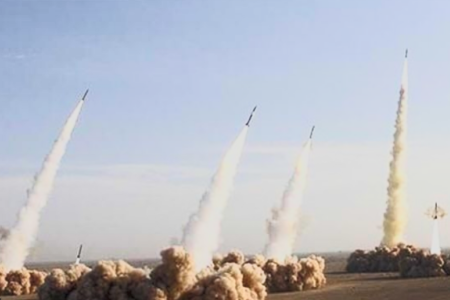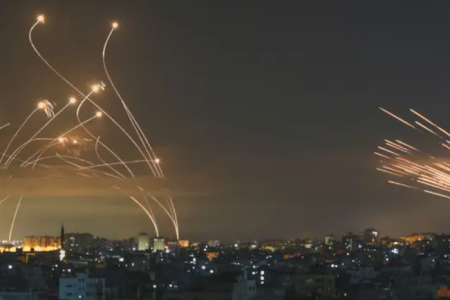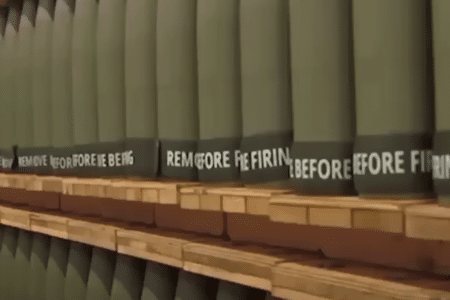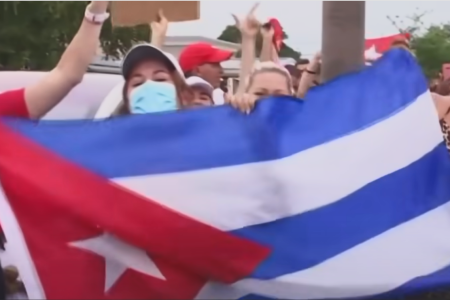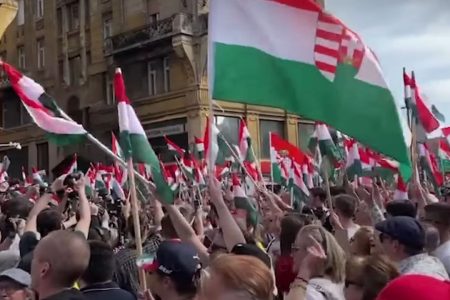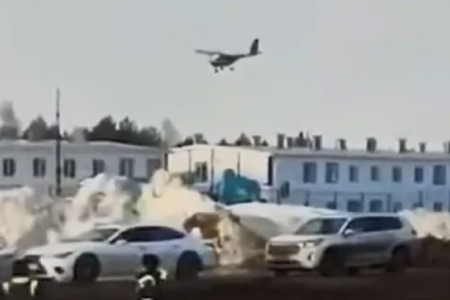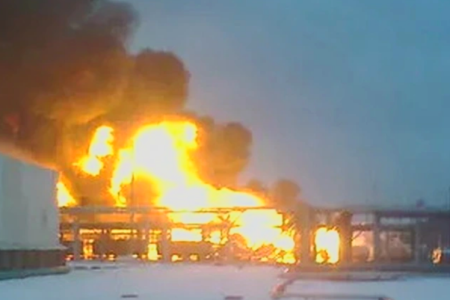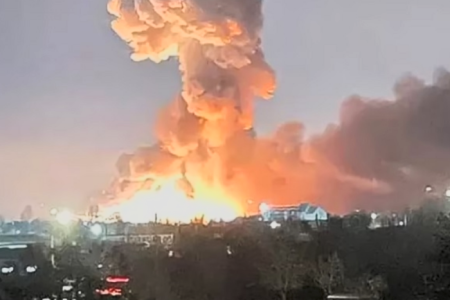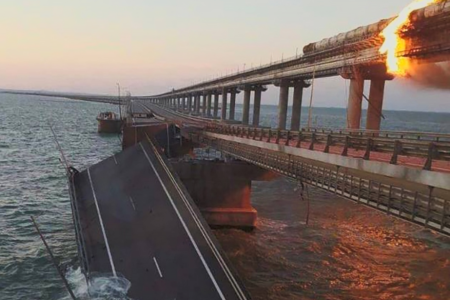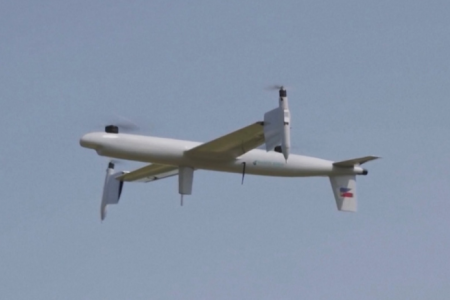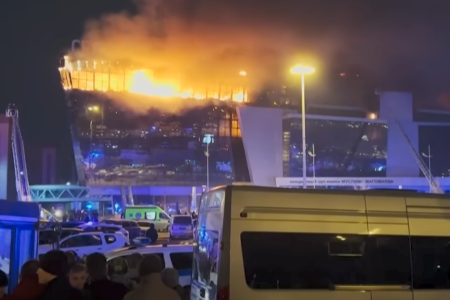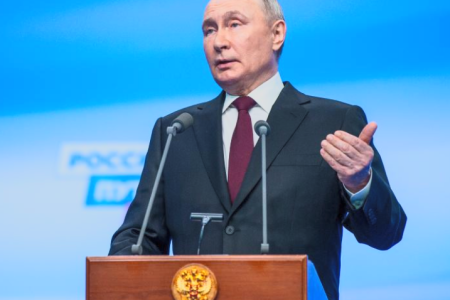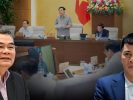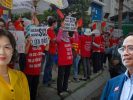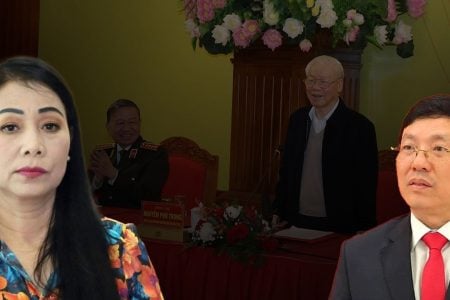
On June 25, US Secretary of State Mike Pompeo, Adviser to President Ivanka Trump, and Ambassador John Richmond announced the 2020 annual report on Human Trafficking, which places Vietnam in a group of countries that need to be monitored due to failing to meet minimal criteria in eliminating human trafficking.
“The Vietnamese government does not fully meet the minimum criteria to eliminate human trafficking, despite a great effort to do so,” the State Department report said.
This is the third consecutive year the Vietnamese government still reports that the number of victims this year is significantly lower than the previous year. “The procedures for identifying and supporting victims are still cumbersome, slow, and ineffective,” the report said.
The Vietnamese government reports 300 trafficking victims in 2019, compared with 490 in 2018, the report said.
“The government did not provide comprehensive statistics on trafficking cases, age or sex of the victim, place of origin or destination of trafficking cases,” the report said.
The State Department report also mentioned the case of 39 Vietnamese deaths in refrigerated trunks in the UK in October 2019 and then the Vietnamese government began investigating the incident, as well as preventing the introduction of smuggled immigrants abroad.
There has been no official response from Vietnam on the latest State Department report, but Vietnam has previously said the US report contained “non-objective” remarks.
In 2019, for the first time since 2012, Vietnam was downgraded to a group of countries that need to be monitored for trafficking status, Tier 2 Watchlist.
According to the U.S. Department of State, a country can only be listed for two consecutive years in Tier 2 Need Tracking. With this provision, if the situation of human trafficking in Vietnam does not improve this year, the country will be listed in Tier 3 next year.
The report of the Embassy of the United States in Vietnam recognizes the Status of humanity in Vietnam as follows:
As reported in the last 5 years, traffickers exploit domestic and foreign victims in Vietnam and exploit victims from Vietnam to travel abroad.
Vietnamese men and women emigrate abroad to work as freelance workers or through government-owned, private or share employment companies.
Some hiring companies do not respond to workers’ support requests in cases of exploitation, and some charge too high fees, making workers vulnerable to forced labor while clearing debts.
Trafficking makes victims subject to forced labor in the construction, fishing, agriculture, mining, logging and manufacturing industries, primarily in Angola, Japan, and Laos, Malaysia, South Korea, Taiwan and the United Arab Emirates;
More and more reports of trafficking victims are Vietnamese workers in the United Kingdom and Ireland (including workers on marijuana farms), Europe, the Middle East, and in maritime industry.
Large-scale infrastructure investment projects of Vietnam in neighboring countries such as Laos can exploit Vietnamese and foreign workers.
Traffickers who exploit Vietnamese women and children who are victims of sex trafficking abroad;
Many were deceived about labor opportunities and then sold to brothels on the borders of China, Cambodia, Laos and other Asian countries, including Malaysia, South Korea, Singapore, Taiwan and Thailand.

Some Vietnamese women go abroad to get married on an international broker or to work in restaurants, massage parlors, and karaoke bars – including to countries like China, Cyprus, Japan. Japan, Korea, Malaysia, Saudi Arabia, Singapore, and Taiwan – become domestic servants or sex slaves.
Traffickers increasingly use the Internet, gaming websites and especially social networks to lure potential victims into vulnerable situations; men often lure young women and girls into online dating relationships and persuade them to go abroad, then turn them into victims of forced labor or sex slavery.
Some traffickers post pictures of themselves like police on social media to gain the trust of the victims.
During the migration process, European criminal gangs and traffickers often exploit Vietnamese victims in the form of forced labor or sexual exploitation before the victims reach their final destination.
In the country, traffickers exploit Vietnamese men, women and children – especially street children and children with disabilities – making them victims of forced labor, although very little is known news about these cases.
Traffickers exploit children and adults in the form of forced labor in the garment industry, where workers are forced to work through threats and intimidation.
There are reports that 6-year-old children had to work as tailors under forced labor conditions in small privately-owned garment factories and informal workshops, and 12-year-old children had to working while being held in state detention centers.

Traffickers force children to work as street vendors and beggars on the streets of major urban centers. They turn some children into victims of forced labor or labor to pay off debts in brick factories, urban families, and privately-owned rural gold mines.
Sex slave traders target more children from poor rural areas and more and more women come from the middle and urban areas.
Traffickers are also increasingly exploiting girls from the ethnic minority communities in the Northwest, including sexual exploitation and domestic servitude, by taking advantage of abduction practices on getting traditional brides to carry out their criminal activities.
Child sex tourists, reportedly from Asia, the United Kingdom and other countries in Europe, Australia, Canada and the United States, have exploited children in Vietnam. North Korean restaurants operating in Vietnam may exploit North Korean workers in the form of forced labor.
Although the government announced that drug users were no longer subjected to forced labor in rehab centers, international organizations and the media reported that the authorities continued to maintain their status.
A 2014 law requires judicial proceedings before detaining drug users in compulsory detoxification centers, and detainees only have to work for up to four hours a day.
In August 2018, there were reports of 200 people fleeing from a state drug rehabilitation center claiming that authorities forced them to work eight hours a day without pay and punished them, including even beating, if they “behave improperly.”
Vietnamese law allows forced prisoners to do manual labor, that is, the use of forced labor as a means to punish political and religious dissidents.
According to the report, prisoners work in agriculture and manufacturing, and there have been reports of prisoners of conscience working in hazardous industries including cashew nut processing.
Vietnamese government officials, mainly at the commune and village level, complicit and assist in trafficking or exploitation of victims by accepting bribes from traffickers, ignoring human trafficking warning signs, and extort money in exchange for the victim being reunited with his family.
Thoibao.de (Translated)




